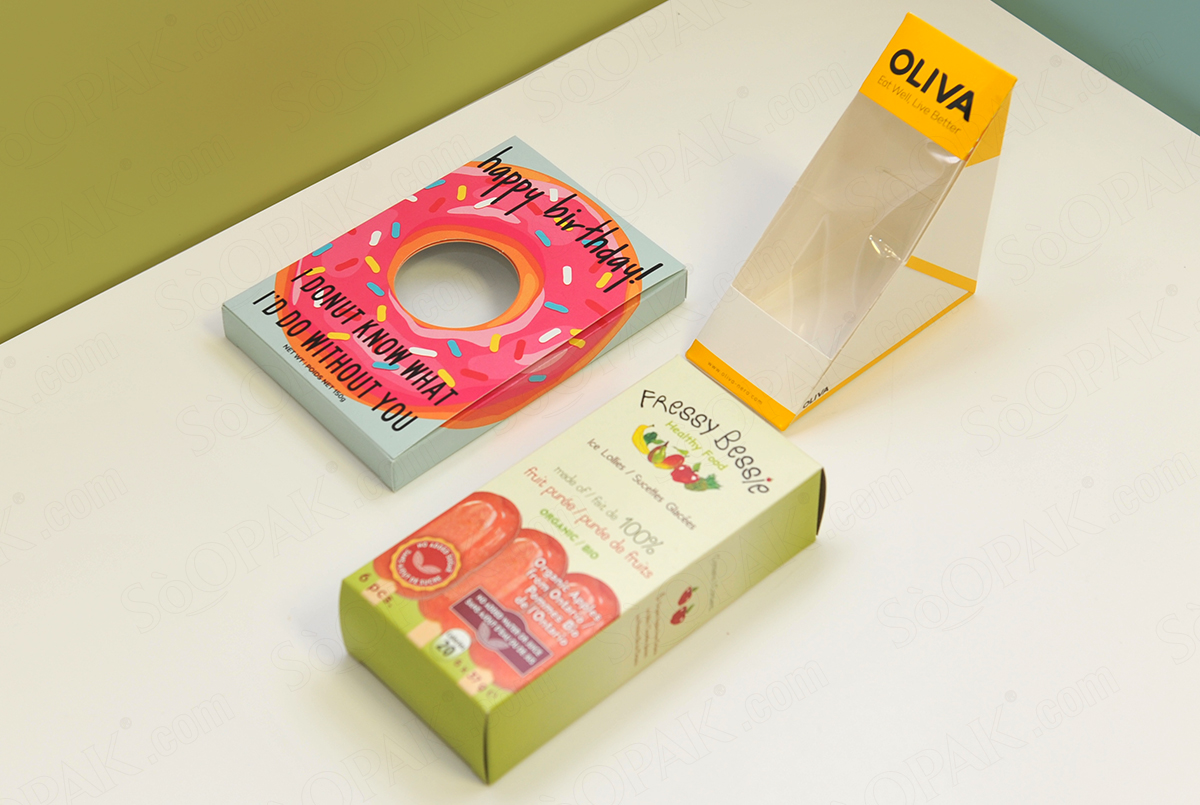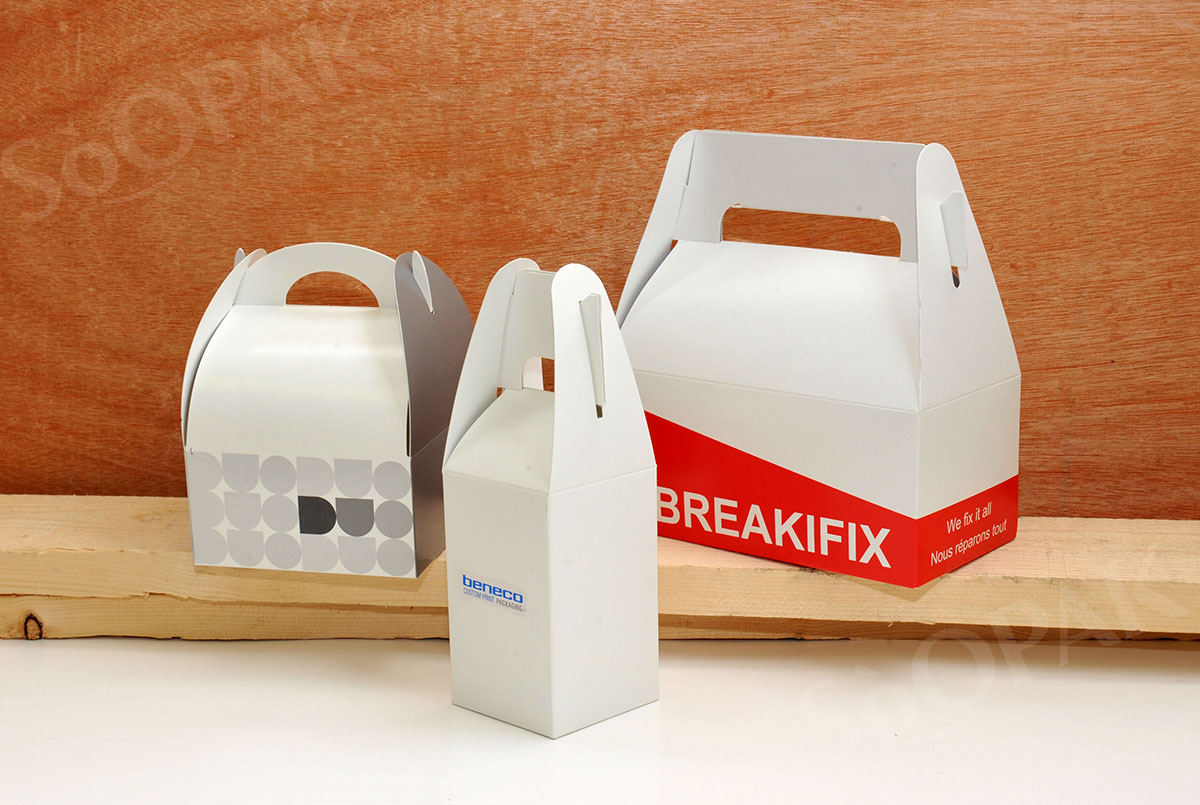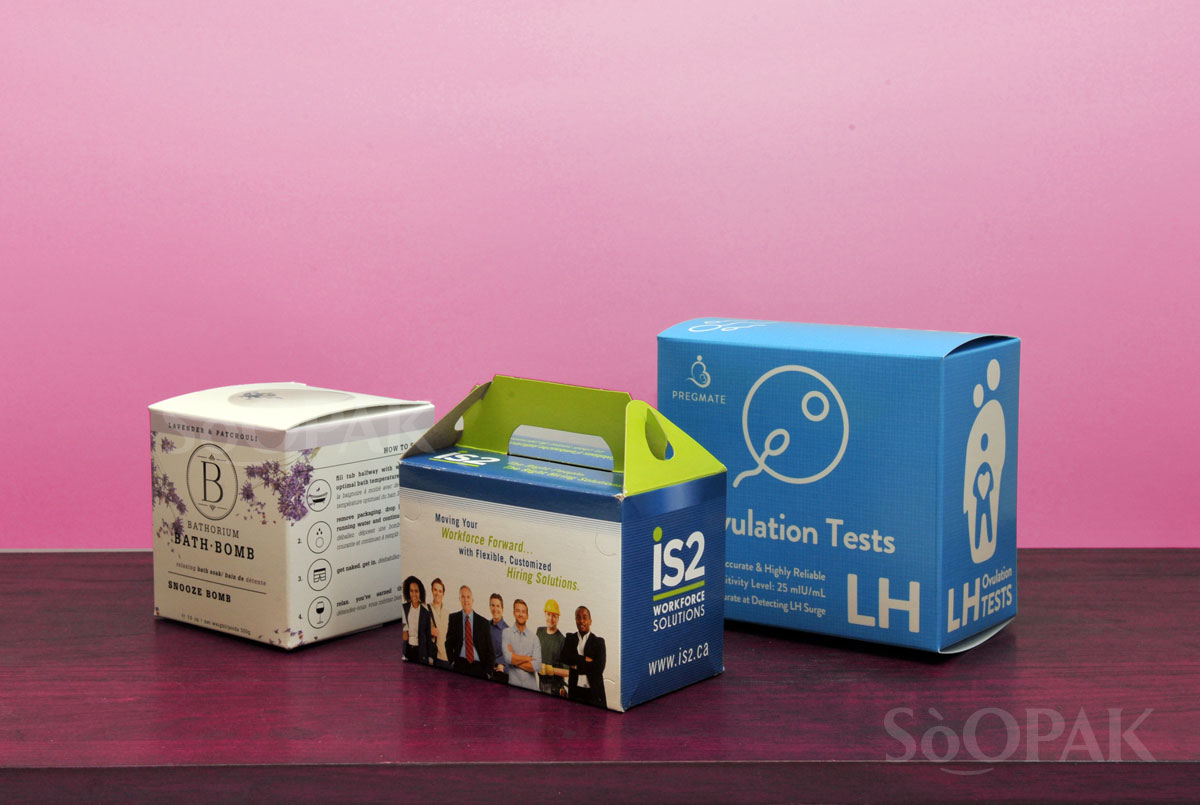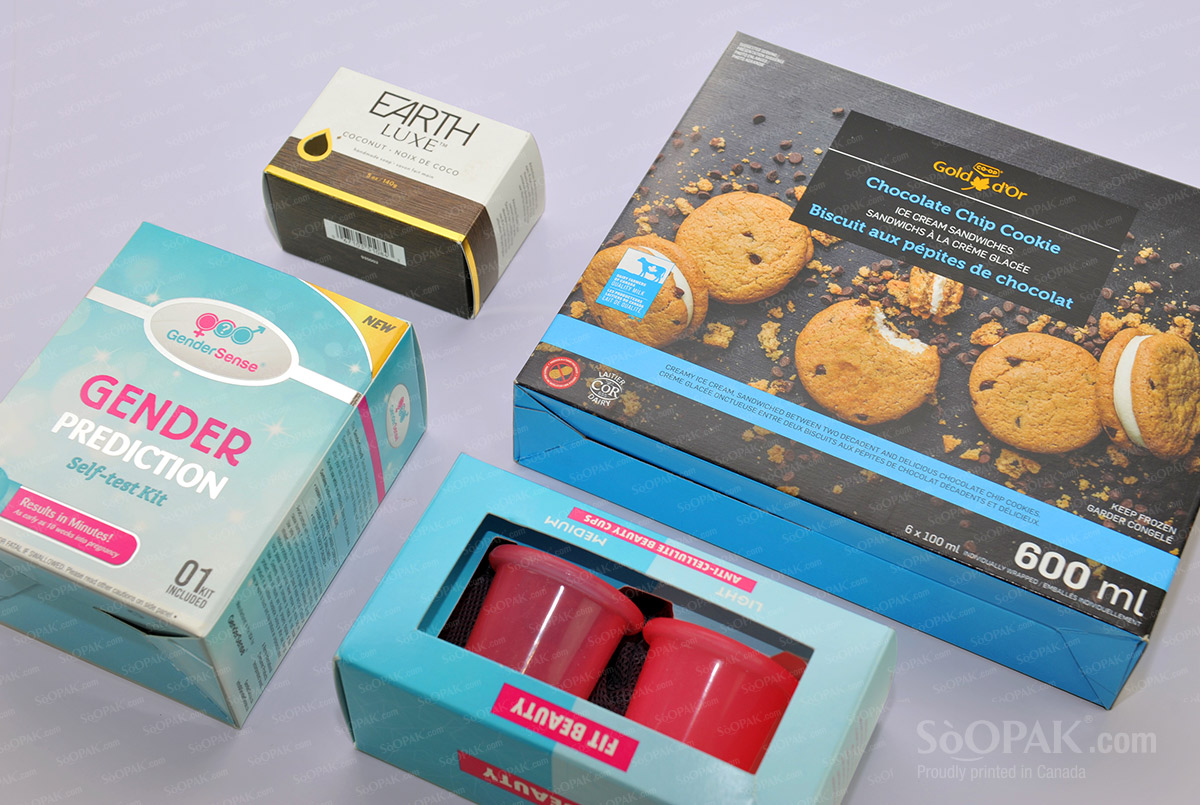Every once in a while, you need to redesign your food packaging. Maybe the trends have changed, and consumers are in search of a different design or box style. Or perhaps your original packaging simply isn’t cost-effective anymore. Or maybe you just want to take advantage of more environmentally friendly options. No matter the reason for your redesign, you should keep some expert advice in mind.
How You Choose What to Keep
As with any packaging redesign, updating your food containers involves careful consideration of what elements to keep and what to get rid of. This process can be incredibly challenging, since you need to be familiar with industry trends and what your customers want. That is why working with professionals can help; they will already know these things. To figure out which elements to get rid of, you need to look at the packaging as a whole with a critical eye and not be too attached to anything. You can’t refresh your package if you insist on keeping everything the same! At the same time, you don’t want it to be completely unrecognizable to clients.
The Key to Combining Old and New
One of the most important aspects of a food packaging redesign is combining the remaining elements of your existing packaging with new ones. This is easiest with an expert eye and typically goes easier with help from some simple yet eye-catching changes. Things like changing the photography or the color palette can make a big impression. Sometimes, you might even be able to keep everything on the package and just rearrange the items.
Remember Form and Function
As you redesign your food packaging, make form and function top priorities. Although the design is certainly crucial, your product will not sell if the packaging doesn’t work. The box must ensure the food within gets to the customer’s pantry or fridge in the same form and condition as it was when it left your warehouse. Food packaging should be functional as well as protective, meaning it must be easy to open. In the case of larger packages, functionality includes being resealable to keep items fresh.
When discussing function, keep in mind that one of the big trends in the food industry is convenience and portability. If your product is ready to pack for a lunch or snack at work or school, it is more likely to fly off the shelves than something a consumer would have to repackage at home to bring with them. If your product needs a spoon, considering including a disposable one.
Ensure You Show Off the Benefits
On a related note, the packaging must clearly display the benefits of your product over the others. If your bag of vegetables is pre-washed, for example, customers might choose it over the competition for convenience, especially if that information is clearly displayed. Remember you only have a fraction of a second to grab your customers’ attention. At the same time, keep things simple so you don’t overwhelm consumers with information. You want to get your main points across without overloading them.




